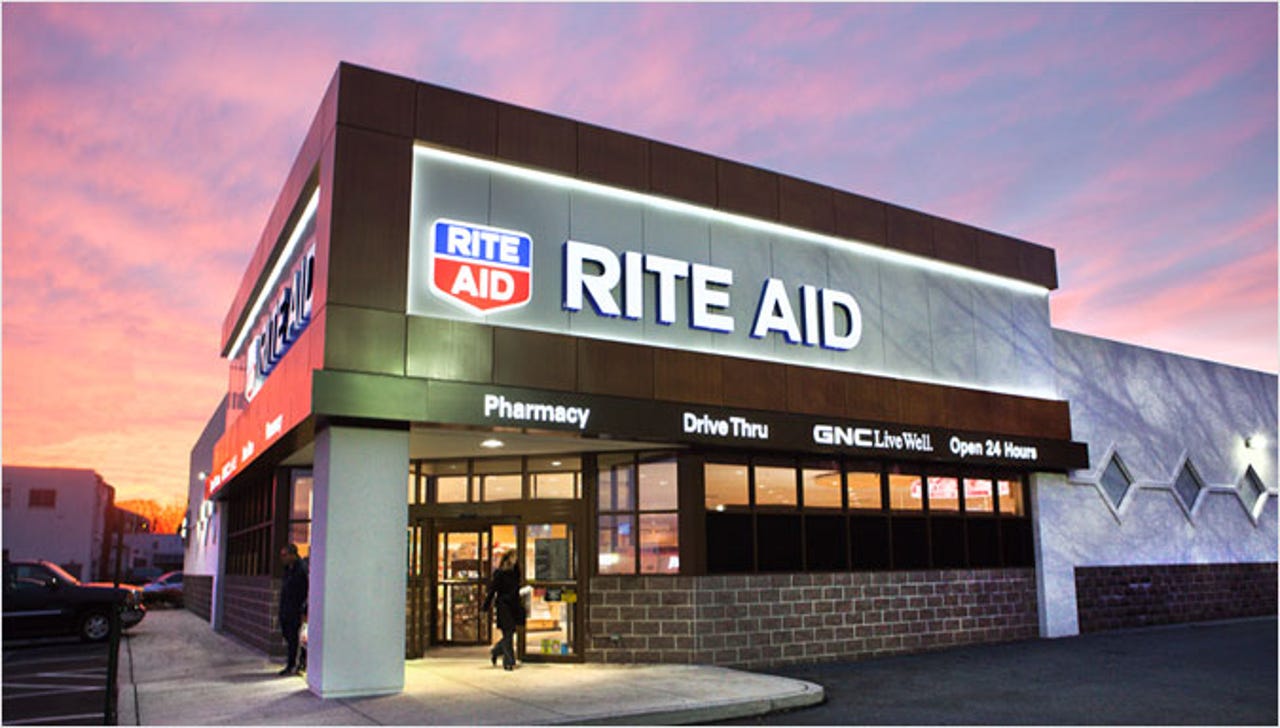Rite Aid deploys proximity beacons in more than 4,500 US stores


Pharmacy chain Rite Aid has rolled out proximity beacons in each of its more than 4,500 stores across the U.S.
The deployment marks the largest beacon installation in a retail setting to date -- a bragging right once belonging to department store chain Macy's.
Featured
The Rite Aid beacon program is in partnership with inMarket, a mobile shopper marketing firm which manufactures its own securitized bluetooth beacons for iOS and Android.
Beacon-level proximity data attempts to give brick-and-mortar retailers the personalization and retargeting capabilities used in e-commerce, similar to how a website will optimize itself based on the browsing history of a site visitor.
inMarket's approach to the whole beacon movement relies heavily on partnerships. The company works with publishers such as Conde Nast and Gannett (which run apps like Epicurious, Coupon Sherpa, List Ease and ScanLife, among others) to help them "beaconize" their apps so that they can communicate with proximity devices.
"Beacons on their own require apps to listen for them -- otherwise they don't do anything," inMarket communications director Dave Heinzinger wrote in an email to ZDNet. "Our strategy has been to build out relationships with apps that people already use, rather than try to reinvent the wheel and get people to download something new."
inMarket claims to have more than 42 million monthly active users in its beacon program. Rite Aid, by association, will gain access to those 42 million users, on top of however many users run its own namesake mobile application.
Beyond retargeting and personalization, Rite Aid's beacon deployment also provides a digital infrastructure base that will enable the drug-store chain to link its stores to the Internet of Things. If done correctly, the beacons could create a connected, in-store environment that is ubiquitous and subtle, and always on.